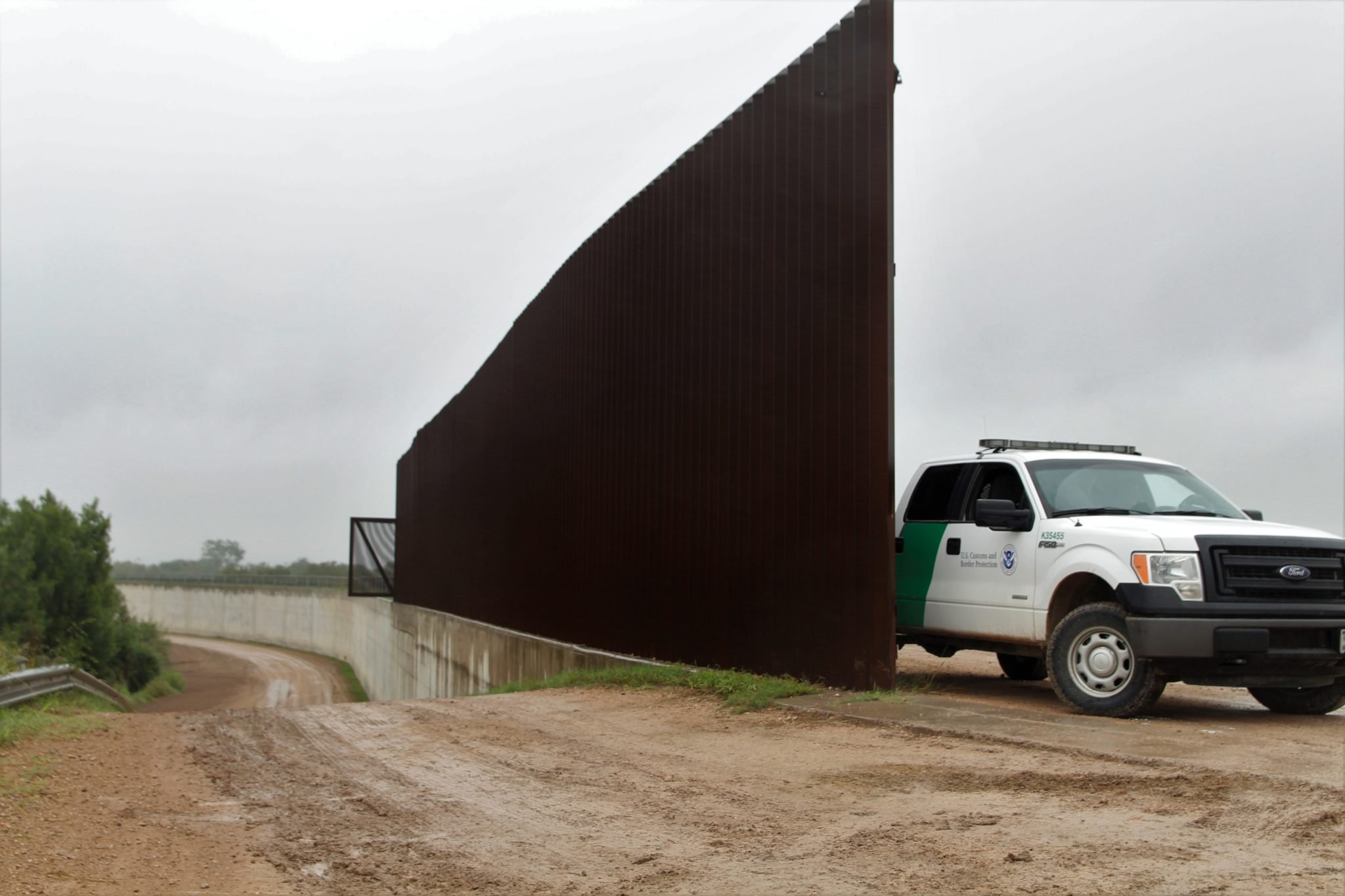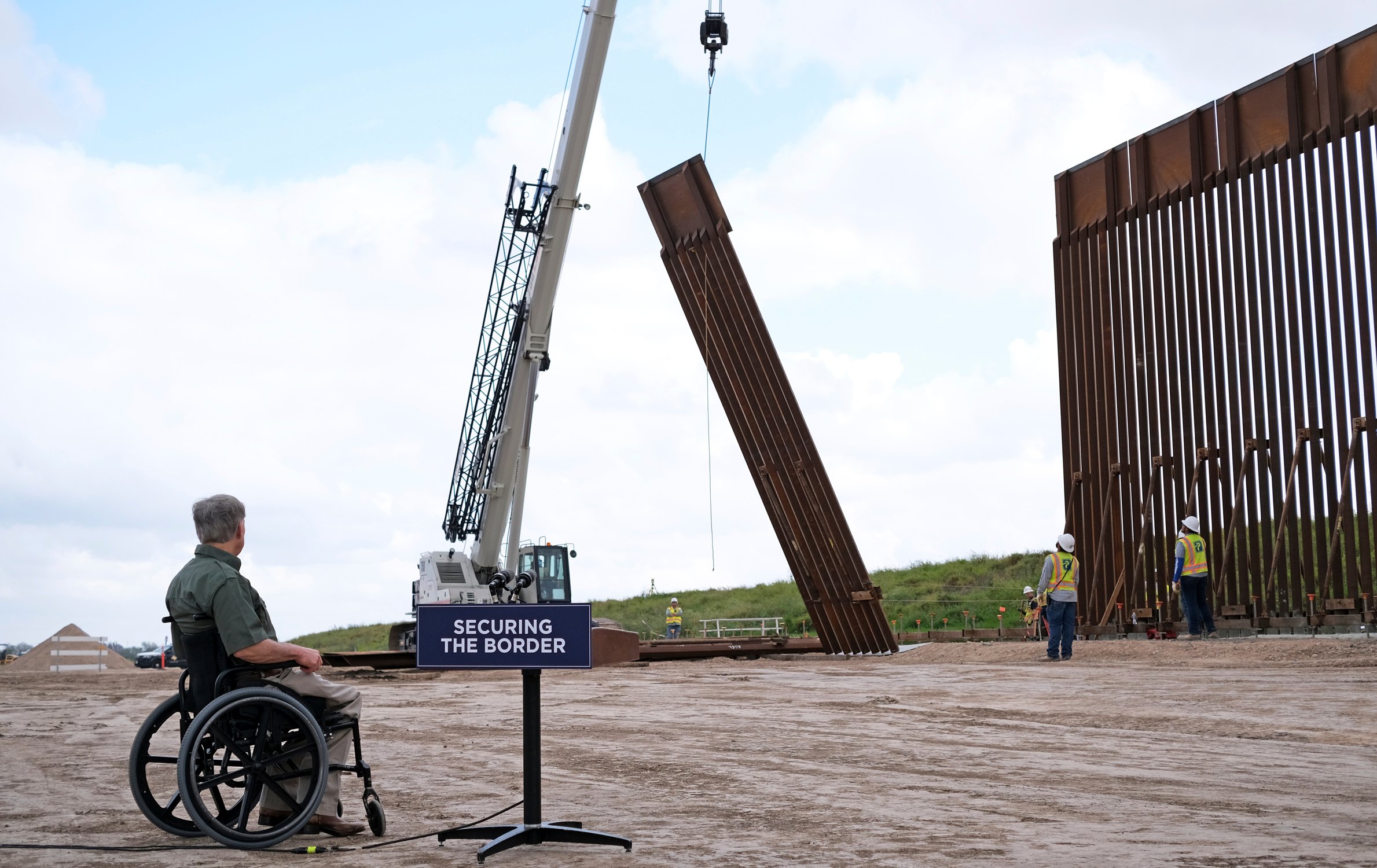
Myth-Busting Immigration Detainers: They’re Optional, Costly and Rarely Lead to Deportation
In 2015, federal authorities never followed up on 62 percent of immigration detainers issued to local jails. Overall, only 15 percent of detainers led to deportations.

As Texas Republicans fast-track Senate Bill 4, the so-called sanctuary cities ban, immigration detainers have become a key issue in the debate. Detainers are at the heart of the showdown between Governor Greg Abbott and Travis County Sheriff Sally Hernandez, whose announcement that her office will limit cooperation with the requests made national headlines last month. And while ‘sanctuary city’ is a poorly defined term, compliance with detainers is the crux of most definitions. Currently, more than 300 local law enforcement agencies in the U.S. have vowed to limit cooperation with immigration detainers, arguably making them ‘sanctuaries.’
The Trump administration has sanctuary cities in its crosshairs as well. The administration could ratchet up the use and enforcement of immigration detainers as a tool to increase deportations, setting the stage for a nationwide battle over immigration.
What is an immigration detainer?
An immigration detainer is a notice sent by Immigration and Customs Enforcement (ICE) to another law enforcement agency, typically a state or local jail. The notice asks the jail to hold someone for 48 hours after they would normally be released and to inform ICE before releasing the person so ICE agents may take them into custody.
When does ICE place detainers?
When a person is booked into jail, the jail passes their fingerprints along to the FBI, which shares them with ICE. ICE then checks their databases, and if they believe the person is a deportable immigrant, they issue a detainer. Typically, this means ICE believes the person is undocumented.
How many detainers does ICE issue?
ICE issued about 95,000 detainers nationwide in 2015, including 21,000 in Texas — 22 percent of the total. The use of detainers peaked in 2011, when ICE issued nearly 310,000 of the documents, including about 52,000 in Texas. Under President Trump, numbers are expected to spike again.
If an immigrant has a detainer placed on them, does that mean they will be deported?
Generally, no. In recent years, only 15 percent of immigration detainers resulted in deportation nationwide. About half the time, ICE agents never arrived to take the person into custody, effectively issuing the request without following up. In 2015, ICE did not follow up on 62 percent of detainers. One reason detainers do not result in deportation is administrative error: In some cases, ICE has mixed up identifying information and placed detainers on U.S. citizens.
What does it cost jails to comply with ICE detainers?
The “associated costs” for honoring immigration detainers in Texas county jails added up to more than $60,000,000 in 2015, according to a report from the Texas Commission on Jail Standards.
Are jails bound by law to comply with detainers?
Multiple federal court cases have confirmed that detainers are optional. The section of immigration law that defines them specifically calls them “requests.” Nationwide, more than 300 jurisdictions have decided not to cooperate fully with ICE detainers; both the Trump administration and Texas Republicans want to give detainers teeth by revoking funding from the localities that refuse them.
What would Senate Bill 4 and Trump’s executive orders change regarding detainers?
SB 4 would punish cities, counties and campuses that adopt “sanctuary” policies limiting cooperation with ICE. The bill explicitly targets law enforcement agencies that refuse to honor immigration detainers. Both SB 4 and President Trump’s January 25 executive orders would strip funding from entities that adopt such policies. SB 4 would also deputize local police as federal immigration agents, allowing them to conduct stops and searches to enforce immigration law “at the request of… an appropriate federal law enforcement officer.”


